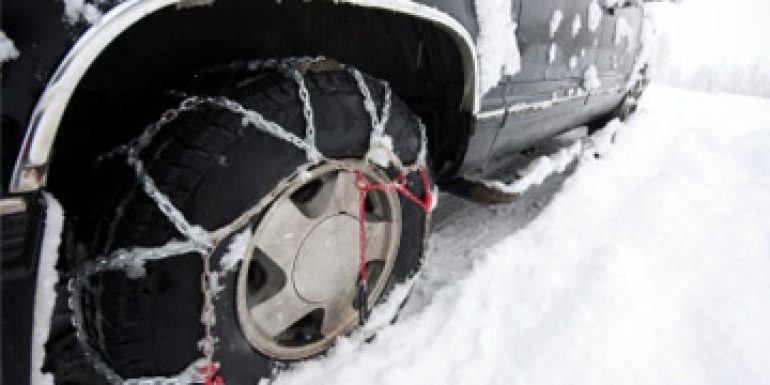
- January 05, 2016 /
- Car Care Tips Car Safety Driving Driving Tips Staying Safe /
- By sprint /
- 0 Comments
Myths and Truths About Winter Tires

Winter tires
“Major advances in tire technology have led to dramatic improvements in cold-weather driving performance,” explains Carolyn Goard, Communications Manager for the Tire and Rubber Association of Canada.
“Winter tires offer dramatic improvement in driver control and vehicle safety in all driving conditions — whether the roads are dry, snow covered, icy or slushy,” she adds.
But unlike Quebec (where winter tires are mandated by law), Goard says that only 51% of drivers in the rest of Canada use them.
Dispelling some common myths may help increase that number.
MYTH #1: You don’t need winter tires if you have all‑season tires.
Winter tires and all‑season tires are not the same. “Winter tires significantly reduce stopping distances on all cold-weather road surfaces,” notes Goard. On dry pavement, winter tires can reduce stopping distances by as much as 30% over all‑season ones.
Technically, the benefits of winter tires kick in when the temperature dips below 7 °C — that’s when traditional all‑season tires begin to harden and lose their elasticity. “When you can see your breath, it’s time for winter tires,” she says.
MYTH #2: New vehicle technology means winter tires aren’t that important any more
If you drive a vehicle with anti-lock braking systems (ABS) and all-wheel drive, these systems need good traction to be effective — which only winter tires can deliver. They offer significantly better traction on snow- or ice-covered roads at well below -30 °C than their all‑season counterparts do at 4 °C.
MYTH #3: Two winter tires are just as effective as four
Installing only two winter tires creates an imbalance between front and rear wheel positioning and can actually reduce control — especially when cornering.
Final tip: Know what you’re getting
“When shopping for winter tires, look for the three-peaked mountain snowflake symbol on the tire sidewall. Tires with this symbol meet or exceed tire industry snow traction standards,” advises Carolyn Goard. “Consult with a local tire retailer to find the winter tire that best suits your driving habits and conditions.”
For more information, download Winter Tire Matters by the Tire and Rubber Association of Canada.
Source: TheSmartLifeCanada
-
-
sprint